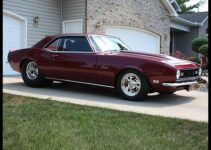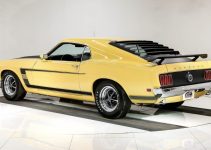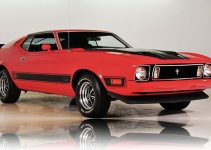When it comes to high-performance cars, few names command as much respect as the 1965 Shelby Mustang GT350. This legendary vehicle holds a special spot in automotive history as one of the pioneering muscle cars to hit the streets. But what makes this Mustang stand out from the rest? Let’s take a journey through the story of the 1965 Shelby Mustang GT350, from its early days to its triumphant racing heritage.

1965 Shelby Mustang GT350: The Racing Legend
1965 Shelby Mustang GT350: The Prototype that Ignited the Spark
Picture the scene in late October 1964, where the seeds of a racing legend were planted. Shelby American set out on a mission to turn the standard 289 Mustang into a high-performance powerhouse. To kick off this project, they needed a prototype to figure out the necessary modifications and parts sources for the upcoming GT350 Mustang. This is where the ‘HiPo’ 289 Mustang, one of three used for this purpose, enters the stage.
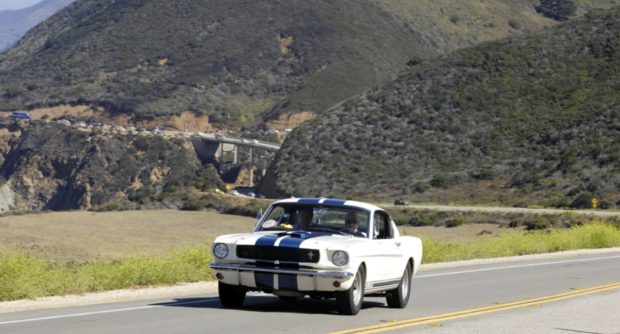
Widely recognized as the first-ever Shelby Mustang produced, this ‘HiPo’ 289 Mustang needed less time for development and construction compared to its racing version. Peter Brock, head of Shelby’s special projects, played a crucial role in this endeavor. Not only did he capture the prototype in photographs, but he also penned the text for the first ads that appeared in automotive magazines in early 1965.
A clever marketing tactic was employed during the photo shoot, presenting the car with standard steel wheels on one side and Shelby-Cragar chromed alloys on the other. This created the illusion of multiple street GT350s being built. After serving at Shelby American for six months, the prototype was transformed into a production GT350 and sold to its first owner, Ed Leslie, a Cobra team driver.
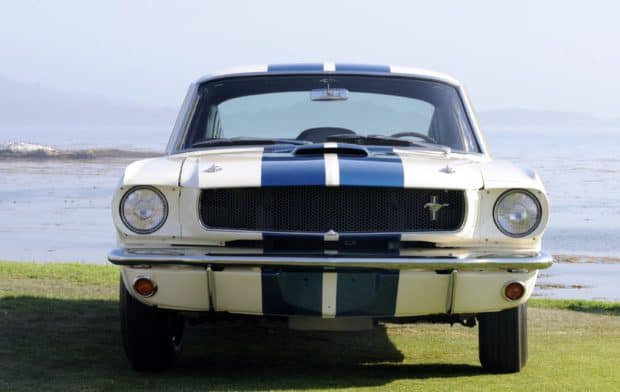
1965 Shelby Mustang GT350: A Restoration Odyssey
In late 1979, this legendary car was initially thought to be a competition version of the GT350, leading to its restoration as an R model. However, over a meticulous 12-year period, it underwent a painstaking restoration back to its early prototype design. The journey involved using many rare and original parts, adding to its rich history spanning 50 years and ten owners.
Carroll Shelby: From Driver to Visionary Builder
Carroll Shelby, the driving force behind the GT350, wasn’t just a car builder; he was a formidable driver in his own right. His talent for extracting peak performance on the racetrack laid the groundwork for his collaboration with the Ford Motor Company.
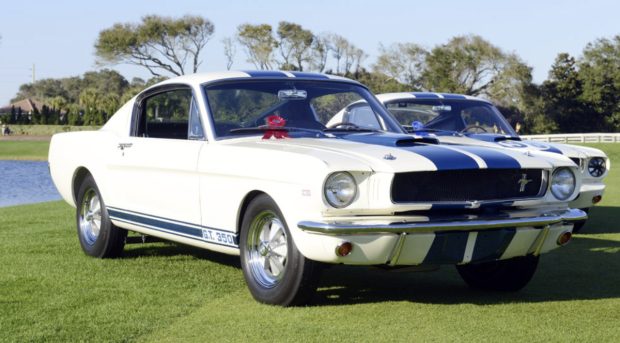
1965 Shelby Mustang GT350: Birth of a Sports Car
In 1964, Ford introduced the Mustang initially as a sporty car for the masses, sharing components with existing models. As the muscle car era gained momentum, Ford faced a challenge: transforming the Mustang into a genuine sports car capable of rivaling the Chevrolet Corvette.
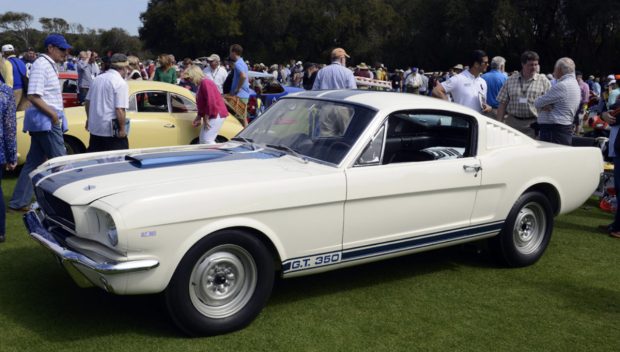
The Sports Car Club of America initially dismissed the Mustang as a 2+2 design and not a true sports car. To overcome this, Ford turned to Carroll Shelby, renowned for turning ordinary cars into high-performance machines. Shelby’s task was clear: turn the Mustang into a production ‘sports car’ suitable for SCCA racing.
1965 Shelby Mustang GT350: Evolution of Performance
At the Shelby American facility in Venice, California, the standard Ford Mustang GT underwent a thorough transformation. Abundant performance modifications and subtle styling changes were made to ready it for competition. The Shelby GT350 quickly proved its mettle, securing three consecutive SCCA B-Production championships from 1965 through 1967.
Under the hood, the Shelby GT350 housed a 289 ‘Hi-Po’ V8 engine with a Holley four-barrel carburetor, aluminum high-rise intake manifold, ‘Tri-Y’ exhaust headers, a high-performance cam, and dual exhausts. The suspension received enhancements, and the GT350 sported distinctive external features like twin LeMans stripes, a fiberglass hood with a scoop, and exhaust outlets ahead of the rear wheels.
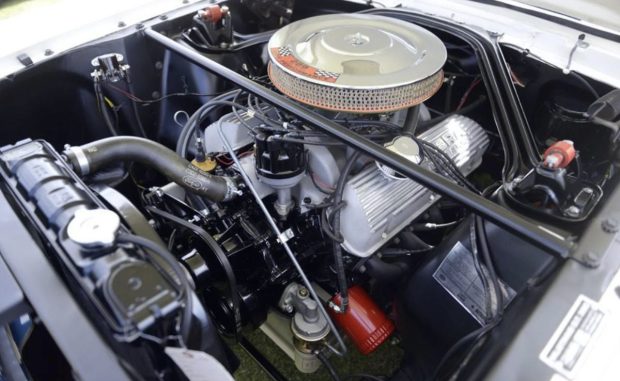
1965 Shelby Mustang GT350: Homologation and Legacy
On January 1st, 1965, one hundred Shelby-modified Mustang Fastbacks were lined up outside the Venice facility for SCCA officials’ inspection for homologation. These cars wore Wimbledon White paint, a pinned fiberglass hood with an intake scoop, and Blue ‘GT350’ sill stripes. Inside, they featured a black interior with essential racing components.
In total, 562 street-going GT350s and 34 competition-only R-models were produced in 1965, all contributing to the homologation of the Shelby GT350 for SCCA racing.
Conclusion: Enduring Legacy
The 1965 Shelby Mustang GT350 stands as a testament to the collaboration between Carroll Shelby and the Ford Motor Company. It transformed a standard Mustang into a racing legend, becoming an icon in the high-performance automotive world. From its early days as a prototype to its dominance on the racetrack, the GT350’s legacy lives on.

